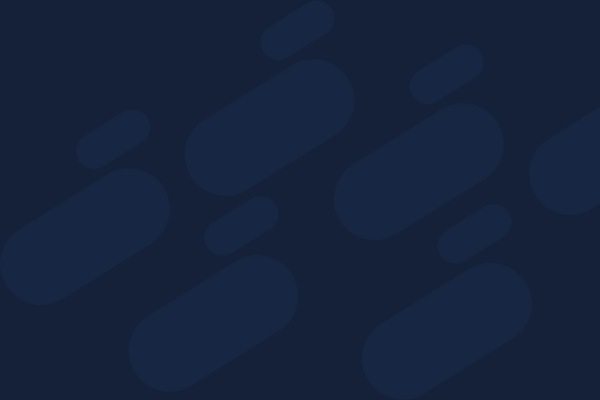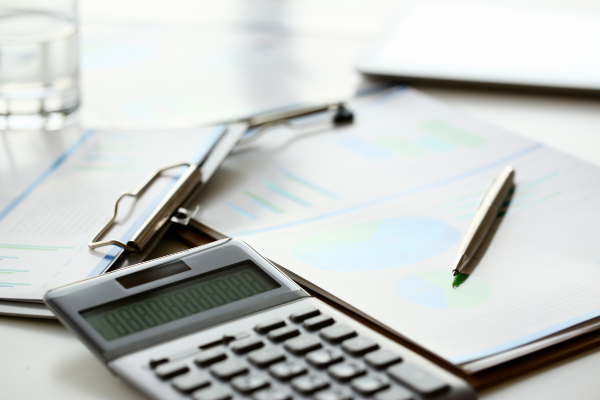National Insurance is a tax on earnings and self-employed profits paid by employees, Understanding how National Insurance is calculated is important for accurate payroll management and ensuring compliance with UK tax laws. This guide will provide a comprehensive overview of how National Insurance is calculated, who needs to pay it, and how employers can effectively manage these contributions.
What is National Insurance?
National Insurance is a tax on earnings and self-employed profits paid by employees, employers, and the self-employed. It contributes to funding various state benefits, such as the State Pension. Find out more details about national insurance here.
Types of National Insurance Contributions
There are several classes of National Insurance contributions that different parties are responsible for:
- Class 1 NICs: Paid by employees and employers on the employee’s earnings.
- Class 1A and 1B NICs: Paid by employers on employee benefits and expenses.
- Class 2 NICs: Paid by self-employed individuals.
- Class 3 NICs: Voluntary contributions to fill gaps in your National Insurance record.
- Class 4 NICs: Paid by self-employed individuals on profits.
As an employer, your primary focus will be on Class 1 NICs, as these directly relate to your employees’ earnings and your payroll obligations.
Need help to understand what payroll services is best for your business?
Speak with our expert team today on 028 2764 1060
Earnings Thresholds for National Insurance
National Insurance contributions are calculated based on different earnings thresholds, which are subject to change each tax year. As of the 2024/2025 tax year, the primary thresholds are:
- Primary Threshold (PT): The point at which employees start to pay National Insurance. For weekly paid employees, this is £242 per week.
- Secondary Threshold (ST): The point at which employers start to pay National Insurance. This is also set at £175 per week for weekly paid employees.
- Upper Earnings Limit (UEL): The point at which the employee’s rate of National Insurance reduces. This islin set at £967 per week.
Employers must regularly check for updates to these thresholds, as they are typically reviewed and adjusted each tax year by the government.
Calculating National Insurance
To accurately calculate National Insurance contributions, employers must consider both the employee’s and employer’s rates.
Employee National Insurance Contributions
Employees pay National Insurance on their earnings above the Primary Threshold. The rates are as follows for the 2024/2025 tax year:
- 12% on earnings between the Primary Threshold (£242 per week) and the Upper Earnings Limit (£967 per week).
- 2% on earnings above the Upper Earnings Limit (£967 per week).
Example Calculation for an Employee:
Assume an employee earns £1,000 per week. Here’s how you calculate their National Insurance contributions:
Earnings between the Primary Threshold (£242) and the Upper Earnings Limit (£967):
£967−£242=£72
- Calculate 12% on these earnings:£725×12%=£87
- Earnings above the Upper Earnings Limit (£1,000 – £967):£1,000−£967=£33
- Calculate 2% on these earnings:£33×2%=£0.66
- Total Employee NICs:£87+£0.66=£87.66
So, the employee pays £87.66 in National Insurance for that week.
Employer National Insurance Contributions
Employers pay National Insurance on all employee earnings above the Secondary Threshold.
The rate for the 2024/2025 tax year is 13.8%.
Example Calculation for an Employer:
Using the same employee earning £1,000 per week:
- Earnings above the Secondary Threshold: £1,000−£175=£825
- Calculate 13.8% on these earnings: £825×13.8%=£113.85
- So, the employer pays £113.85 in National Insurance for that employee for that week.
Special Cases and Considerations
While the above calculation covers standard scenarios, there are several special cases that employers need to be aware of.
Employees Under 21 and Apprentices Under 25
Employers do not have to pay Class 1 secondary contributions (13.8%) on earnings up to a certain limit for employees under 21 and apprentices under 25. For the 2023/2024 tax year, this limit is set at the UEL of £967 per week.
Directors’ National Insurance
Directors have a different NI calculation method, known as the annual earnings period. This means their contributions are calculated on their annual income rather than weekly or monthly earnings. This can affect the timing and amount of contributions throughout the year.
Benefits-in-Kind and Class 1A Contributions
If you provide employees with benefits-in-kind, such as company cars or private health insurance, these are subject to Class 1A contributions. The rate is 13.8%, and these contributions are calculated and paid annually via the P11D(b) form.
Salary Sacrifice Schemes
If your company offers salary sacrifice schemes, these can impact NI contributions. Salary sacrifice reduces an employee’s gross pay, which in turn reduces the amount of NI contributions. This can be advantageous for both the employer and employee, but it’s essential to ensure compliance with HMRC regulations.
Cloud-based Payroll Services
Cloud-based software to manage all aspects of your payroll
HR Management Software
Professional, and confidential support tailored to your business needs
Time & Attendance Software
Technology and tools to streamline time and attendance
Managing National Insurance Contributions Effectively
Managing National Insurance contributions efficiently is essential for any employer. Effective management ensures compliance, reduces the risk of penalties, and can result in significant savings through allowances and reliefs. Here are some best practices for employers:
Regularly Review Payroll Software and Systems
Ensure your payroll software is up-to-date with the latest tax year rates and thresholds. Payroll software like PayEscape can automate the calculation of National Insurance contributions, reducing the risk of errors and saving time.
Stay Informed on Legislative Changes
Tax laws and National Insurance thresholds are subject to change. Regularly check HMRC updates to stay informed about any changes in National Insurance rates or eligibility criteria. Subscribing to official updates or using a payroll service can help keep your business compliant.
Understand the Implications of Employee Benefits
Offering employee benefits can affect your National Insurance obligations. Ensure you understand which benefits are subject to NICs and how they are calculated. Consider consulting with a payroll specialist if you’re unsure about the implications of specific employee benefits.
Leverage Employment Allowance
If your business qualifies for Employment Allowance, make sure to claim it annually. This allowance can significantly reduce your employer National Insurance bill, providing substantial savings that can be reinvested in your business.
Use National Insurance Category Letters Correctly
Employees are assigned a category letter that reflects their National Insurance rate, depending on their circumstances (e.g., age, employment type, and whether they are enrolled in a pension scheme). Make sure to use the correct category letter for each employee to ensure accurate calculations.
How PayEscape Can Help
At PayEscape, we understand the complexities of managing payroll and National Insurance contributions. Our payroll and HR software solutions are designed to simplify the payroll process, ensuring compliance with HMRC regulations and reducing administrative burdens. With features such as automated calculations, real-time updates on legislative changes, and integrated reporting tools, our software helps employers manage their payroll efficiently and accurately. Additionally, our dedicated support team is available to assist with any payroll queries, ensuring your business stays compliant and up-to-date with the latest National Insurance requirements.
Book your free demo now.
Need help to understand what solution is best for your business? Speak with our expert team today on 028 2764 1060
"*" indicates required fields
Payroll Services
Using our cloud-based software we manage all aspects of your payroll process. From calculating your payroll taxes and filing with HMRC to managing all components of auto enrolment and so much more. Whether it’s reimbursement or pre-tax benefits we’ve got it covered.

Fully Managed Payroll
Opt for a fully managed payroll service with PayEscape
5* Service and Support
We recognise the importance of great service. All Payescape solutions are managed by our teams of CIPP and CIPD professionals who are there whenever our customers need them. Our teams take the time to get to know our customers so we can better understand their needs and support their business as they grow.

HR Services
Our HR platform lets you manage all aspects of your HR administration. With HR Escape can approve and monitor holiday, record working time and calculate wages, allocate time and staff expenses to clients, projects, and activities, and much more.
Time & Attendance Services
Our software powered by UKG includes the latest technology and tools to keep your employee time and attendance streamlined and simple. Coupled with powerful reporting tools it greatly enhances your management analysis while minimising overpayments and compliance risk.


















